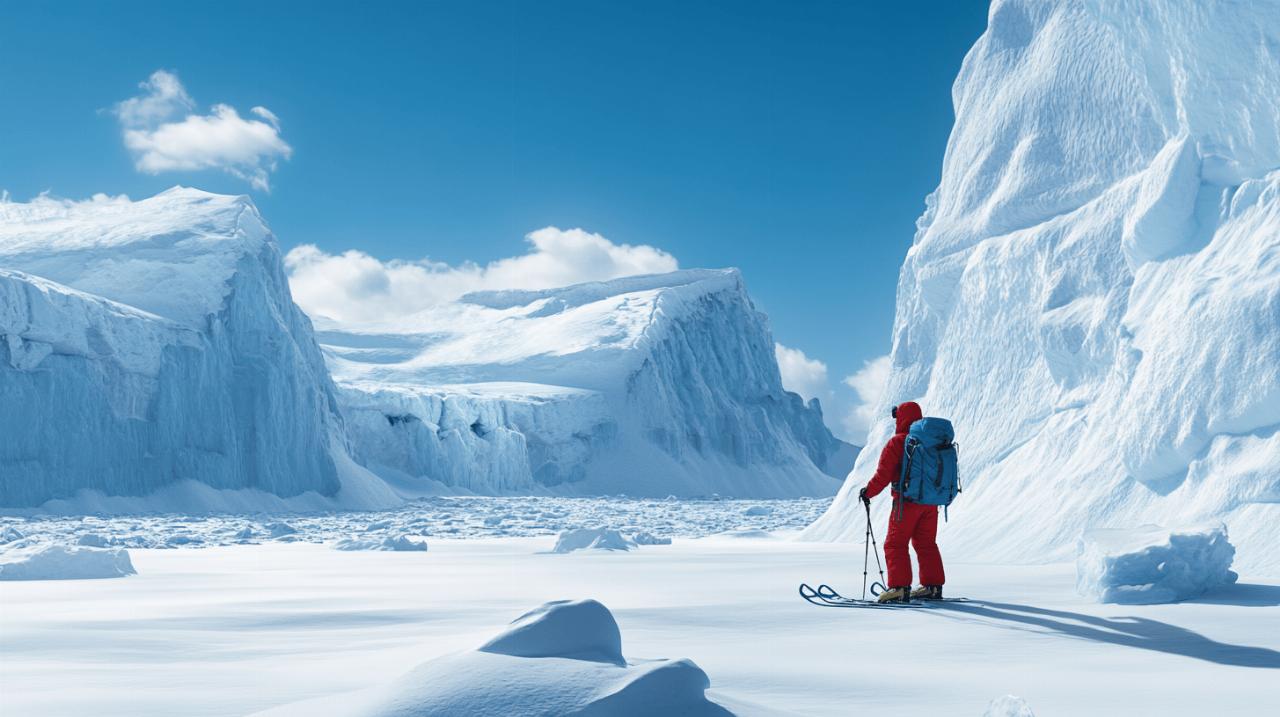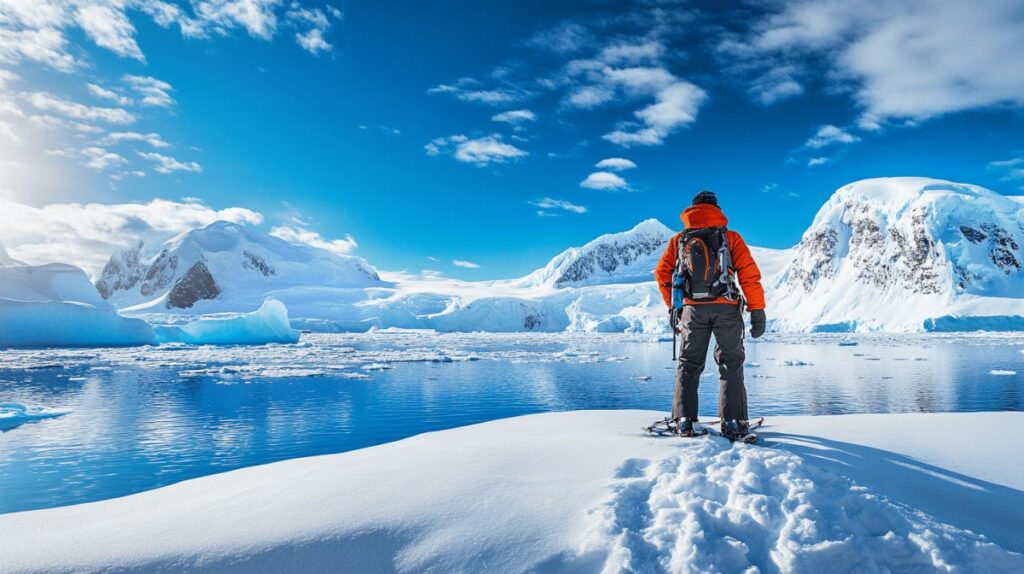Embarking on a journey to Antarctica takes you to one of the last true wilderness frontiers on Earth, where pristine icy landscapes and unique wildlife await. This guide will help you navigate the key aspects of planning your voyage to the southernmost continent, ensuring a memorable experience amid the breathtaking polar environment.
Planning your antarctic expedition
Organizing a trip to Antarctica requires careful preparation and strategic decisions to maximize your experience in this remote region. Most Antarctic voyages depart from Ushuaia in Argentina or Punta Arenas in Chile, making these cities important gateways to your polar adventure.
Selecting the Right Season for Your Adventure
The Antarctic travel season spans approximately five months during the Southern Hemisphere summer, from November to March. Each month offers distinct experiences: November showcases pristine ice formations and snow-covered landscapes; December through February represents peak season with abundant wildlife including penguin chicks and seal pups; while March provides exceptional whale-watching opportunities, particularly for humpback whales. Weather conditions around the Antarctic Peninsula during these months typically hover around 0 degrees Celsius, though temperatures can range from -2°C to 5°C. For travelers seeking specialized expedition experiences like kayaking among icebergs or photography workshops, you can find detailed seasonal information on https://www.elrinconcunqueiru.com/ to help determine which period aligns best with your interests.
Budgeting considerations for antarctic travel
Antarctic expeditions represent a significant investment, with standard cruise packages starting around USD$5,000-$5,500 per person. This baseline cost typically includes accommodation on expedition ships, meals, and guided Zodiac excursions for shore landings. Booking 8-10 months in advance often secures better rates, though last-minute deals occasionally become available. Beyond the cruise itself, budget for flights to departure points (approximately USD$270 one-way to Ushuaia when booked several months ahead), pre-expedition accommodation, appropriate cold-weather gear, and comprehensive travel insurance with medical evacuation coverage. Optional activities like specialized kayaking excursions, camping on the Antarctic continent, or extended itineraries to the South Shetland Islands will increase your overall expenditure. Many travelers discover valuable insights about managing costs and finding the right balance between budget and experience through visit https://www.elrinconcunqueiru.com/ where fellow adventurers share practical financial tips for polar expeditions.
Essential gear and packing strategies
Planning a journey to Antarctica requires meticulous preparation, especially when it comes to packing appropriate gear. The extreme conditions of this icy wilderness demand specialized equipment to ensure both comfort and safety during your expedition. The right preparation can transform your Antarctic adventure from merely challenging to truly unforgettable.
For travelers embarking on Antarctica cruises, understanding what to bring is crucial. Most expedition ships provide some essentials, but personal gear remains your responsibility. With temperatures hovering around 0 degrees Celsius during the austral summer (November to March), and potentially dropping to -2 degrees Celsius as experienced by some travelers in early March, layering becomes your best strategy.
Cold weather clothing necessities
Thermal underwear forms your critical base layer for Antarctic exploration. These moisture-wicking garments keep perspiration away from your skin, preventing dangerous cooling. Over this foundation, add insulating mid-layers – fleece or wool work excellently for trapping body heat while remaining breathable during shore landings or Zodiac excursions.
Your outer layer must be completely waterproof – both jacket and pants. Many travelers underestimate the importance of waterproof pants, but when sitting in Zodiac boats or kneeling to photograph wildlife, this protection becomes invaluable. Quality waterproof gloves, preferably with liner gloves underneath, protect your extremities. A warm hat covering your ears and a neck gaiter or buff complete your cold-weather ensemble.
Footwear deserves special attention – most expedition ships provide waterproof boots for shore landings, saving valuable packing space. For onboard comfort, bring warm socks (several pairs) and comfortable indoor shoes. Remember that Antarctic travel often begins in warmer locations like Ushuaia, Argentina, or Punta Arenas, Chile, so include appropriate clothing for these departure points as well.
Photography equipment for capturing polar landscapes
Antarctica presents extraordinary photography opportunities, from vast polar landscapes to close encounters with penguin colonies and whale watching. Your equipment needs careful consideration to withstand the challenges while capturing these once-in-a-lifetime moments.
A weather-resistant camera body offers protection against moisture and cold. Pack extra batteries as they deplete quickly in low temperatures – store spares close to your body for warmth. Memory cards should be plentiful; the Drake Passage crossing alone might yield countless dramatic seascape images.
Lens selection proves crucial for Antarctic photography. A versatile zoom lens (24-70mm or similar) handles most landscape scenarios, while a telephoto lens (at minimum 70-200mm, ideally 100-400mm) becomes essential for wildlife photography. Wide-angle lenses capture the immensity of the Antarctic Peninsula and dramatic icebergs.
Don't forget lens cleaning supplies – salt spray during Zodiac excursions can damage equipment. A waterproof camera bag or case protects gear during transfers, and some photographers find fingerless gloves valuable for adjusting settings while maintaining warmth. Consider a lightweight tripod for stability during shore landings, though be mindful of strict IAATO guidelines about where equipment can be placed to protect this pristine environment.
Sunglasses and sunscreen rank among surprising yet vital equipment needs. The combination of direct sunlight and reflection from snow and ice creates intense glare that can damage eyes and skin. Polarizing filters for your camera lenses similarly combat this reflection while enhancing the rich blues of ice formations.

